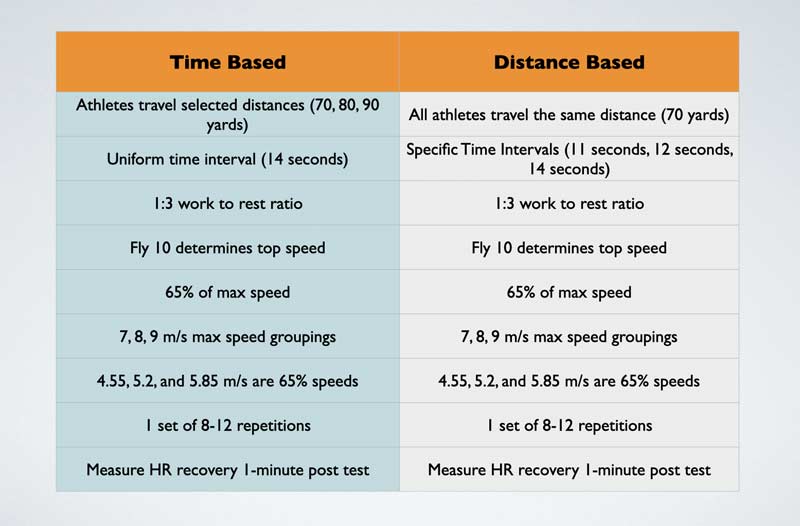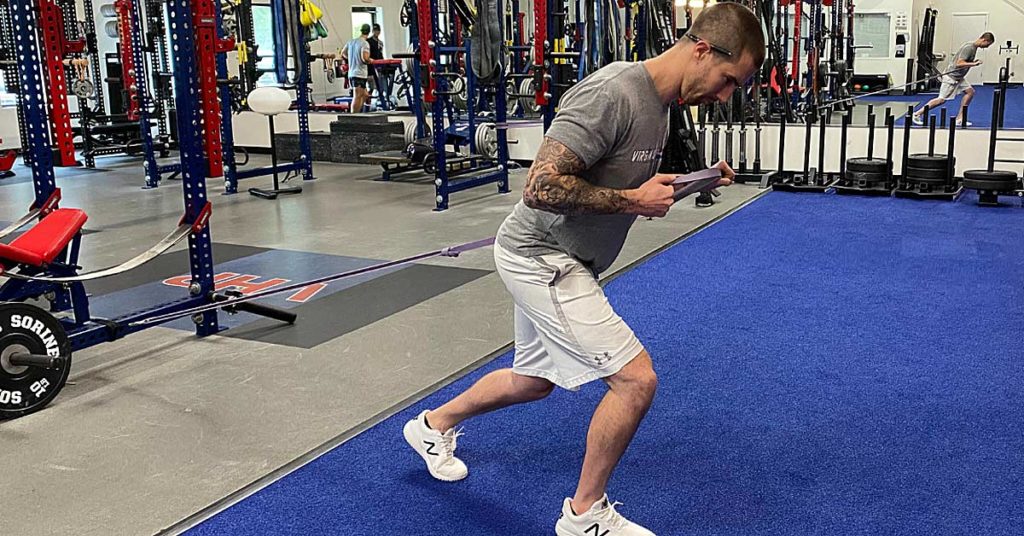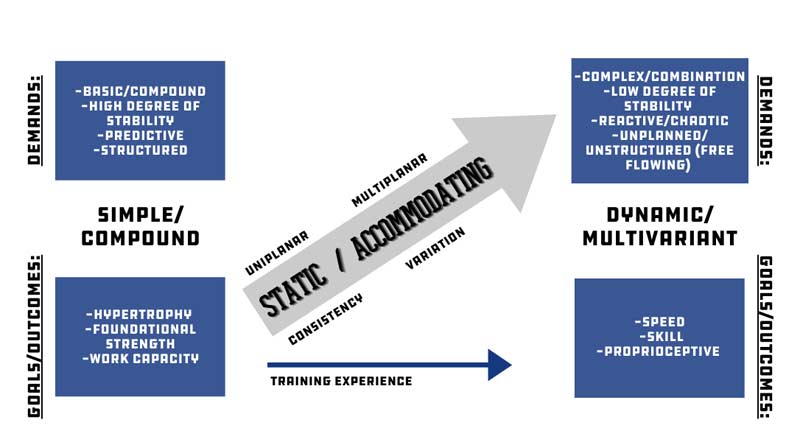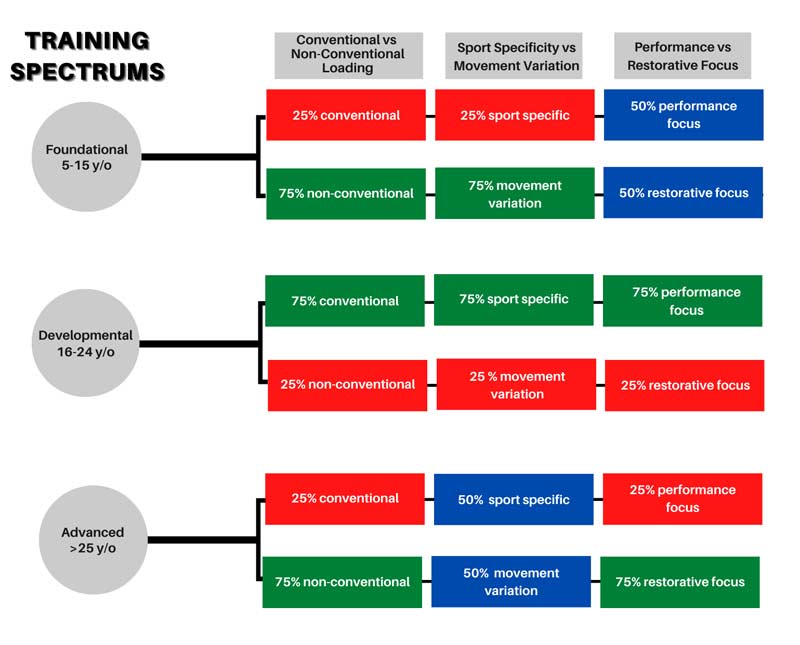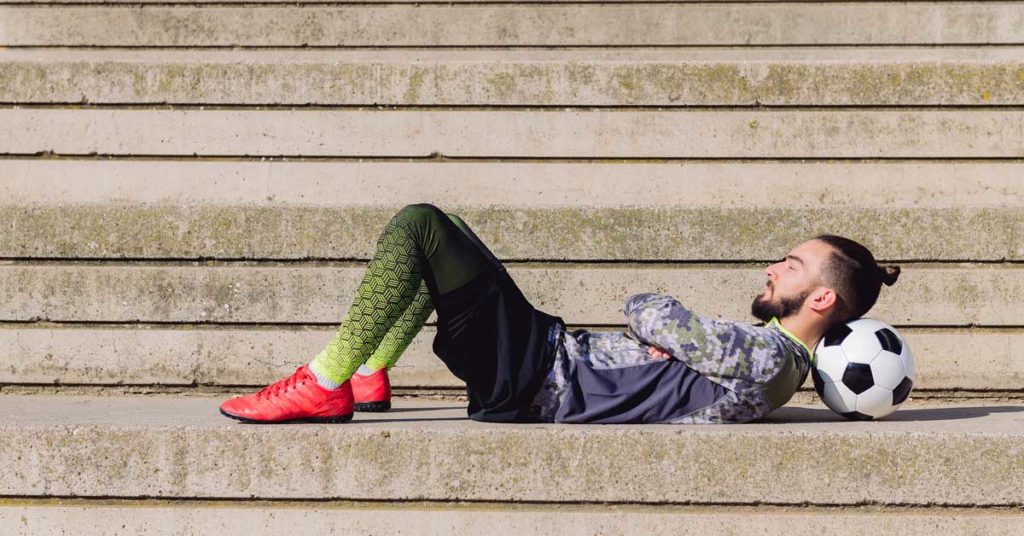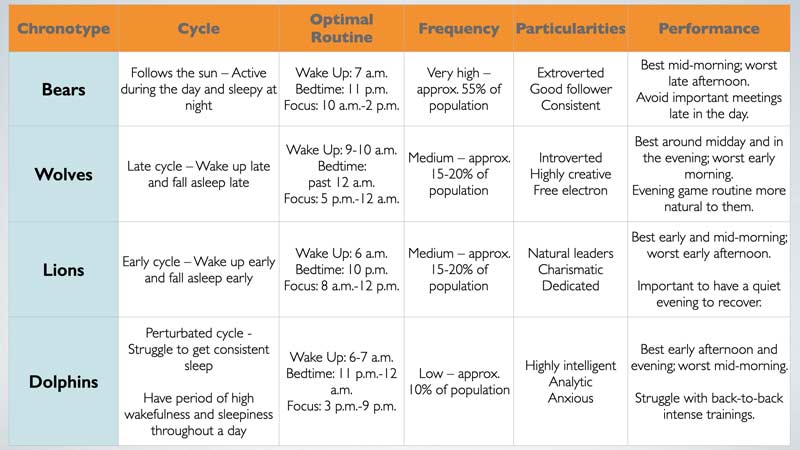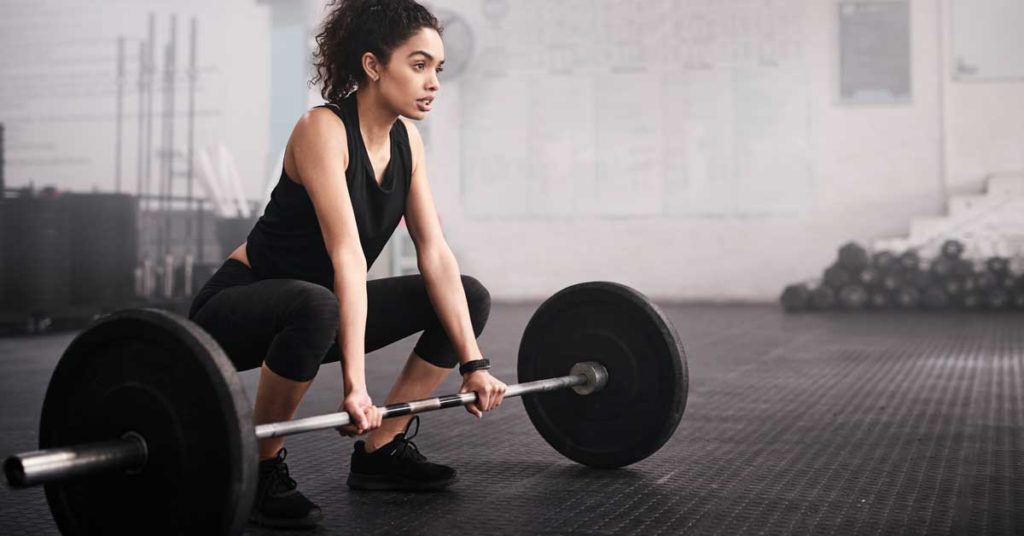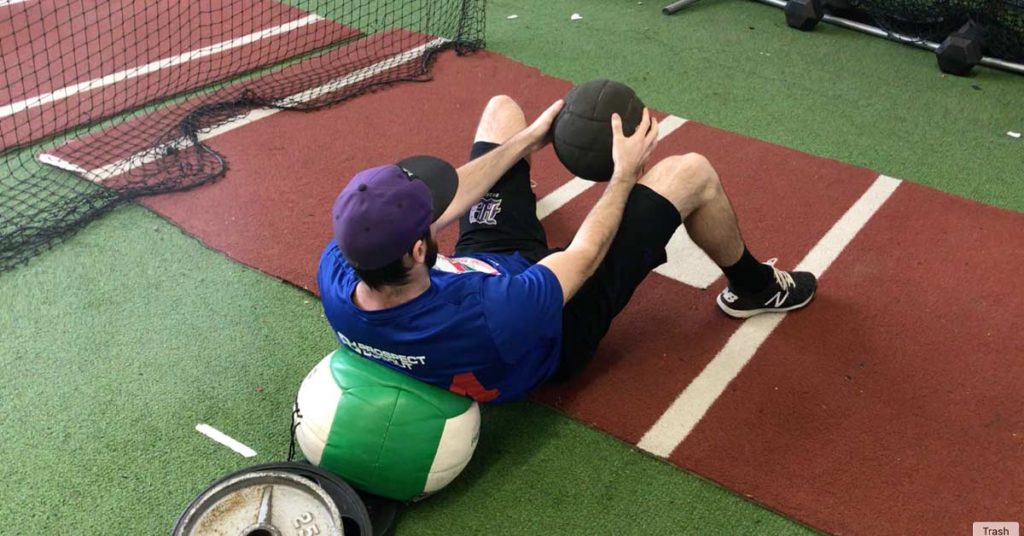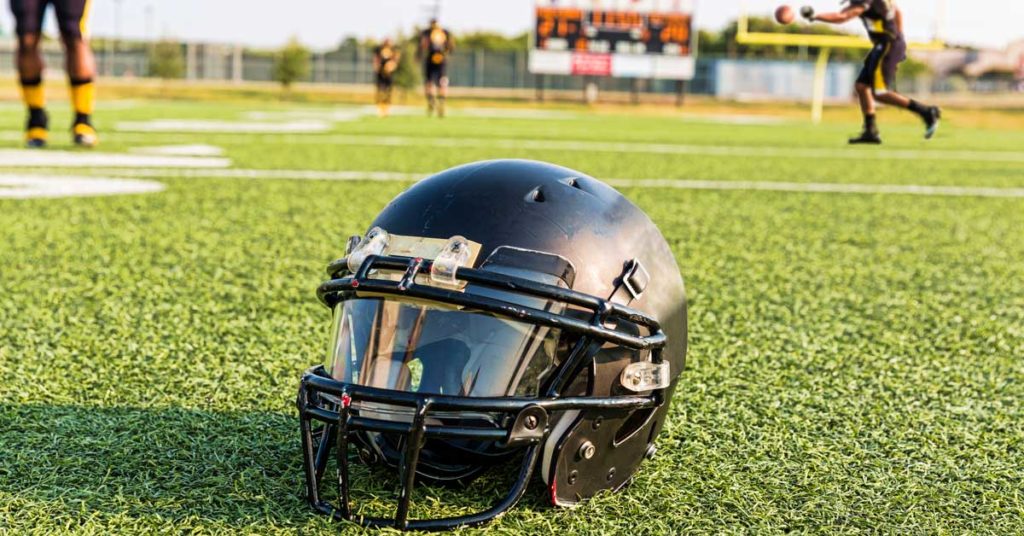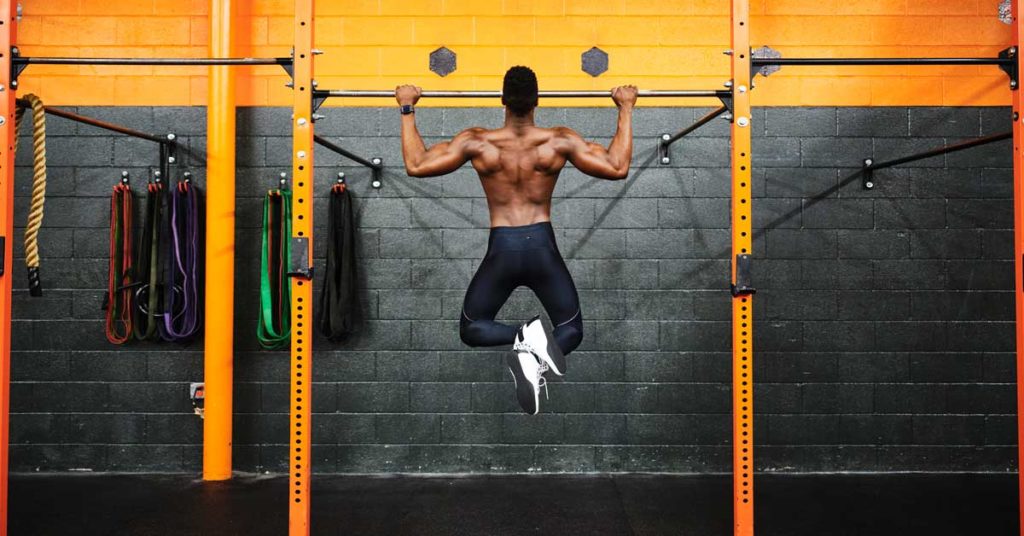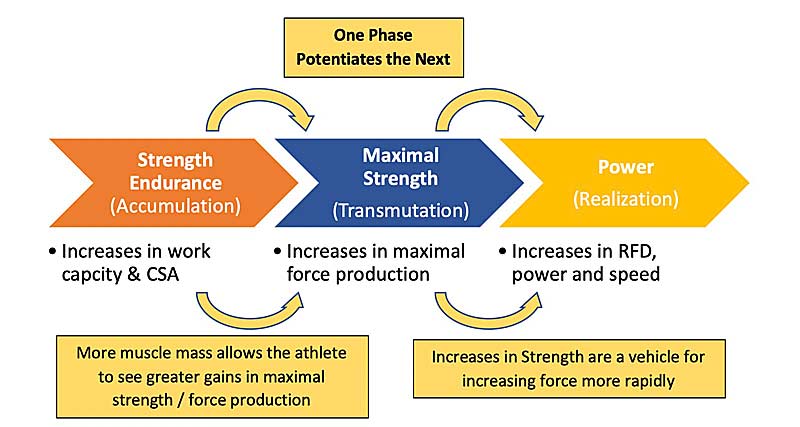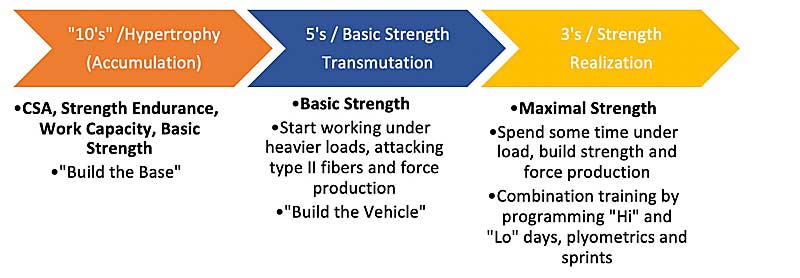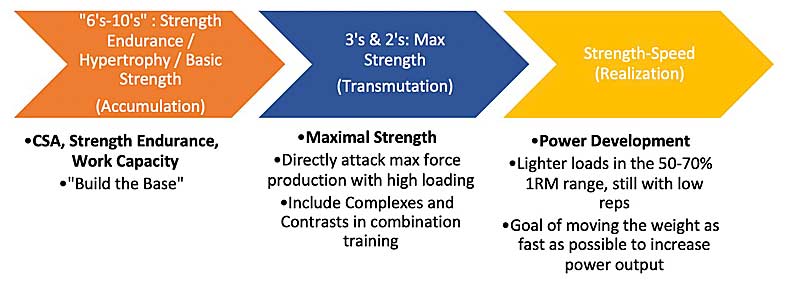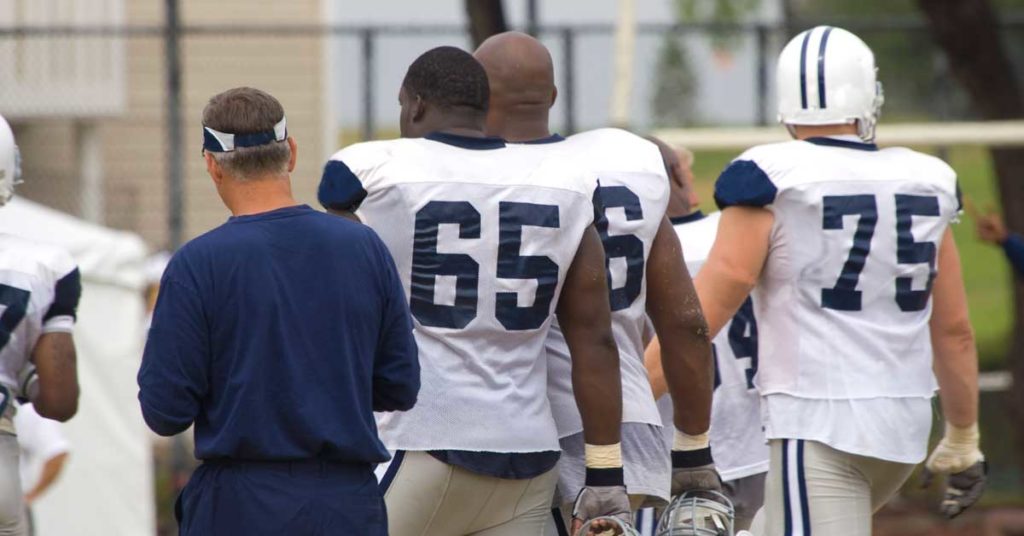
While scrolling through social media during our final “dead period” prior to the official start of the fall season here in South Carolina, I ran across a quote that initially made me laugh. After a moment to think about it, though, the quote gave me pause.
“Get ready high school strength coaches , it is almost football season, or as we know it ‘we just need to be in better shape’ season.”
While I had a good laugh at this, I decided against sharing the post—instead, that dig at the traditional imperative in high school football programs inspired me to sit down and begin writing, for the first time in a while. After giving further thought to the statement, the question it raised for me was first, what are we doing here? And then, more specifically, why do we, as sports performance coaches, often struggle to successfully get our message out to high school football coaches?
The fact is, most of the back and forth on the topic of “conditioning” at the high school level seems to revolve more around the egos and ambiguous traditions of the adults having the debate than the actual evidence of how to properly proceed. We can all agree that we want what’s best for the athletes—with that being the case, why do we have this frequent divide on what we believe is best practices to lead us to that end?
What We Know to Be True
This article is not about how or how not to “condition” your athletes or about sports-specific energy systems. I will, however, use this topic as the base example of my overarching point: If there is a bigger failure in communication in the athletic world than the one between strength and conditioning coaches and high school sport coaches, I haven’t seen it.
If there is a bigger failure in communication in the athletic world than the one between strength and conditioning coaches and high school sport coaches, I haven’t seen it, says @YorkStrength17. Share on XI know, there are situations in which everybody is on the same page, but that is an exception and not a rule. Even if your head coach “gets it,” not everyone on the staff does. It’s true—from football to lacrosse to soccer to field hockey to any sport you can name, there are sport coaches using flawed training methods with their athletes when it comes to the optimal way to “condition” or get in shape. Often, exercises and schemes are so far from optimal we can call them pointless. That can’t be denied, yet, it is denied daily, by sport coaches who continue to prescribe training that does not have much (if any) transfer to making their athletes play better.
While part of that responsibility falls on those individual sport coaches, we in the athletic development community need to look in the mirror and ask ourselves if we are also a big part of the problem. Let’s take a step back and look at the validity of the initial statement that broke me out of my writer’s block:
“Get ready high school strength coaches , it is almost football season, or as we know it ‘we just need to be in better shape’ season.”
That is absolutely the perception that a high percentage of programs will have in the first few weeks of camp this fall. Consquently, they will run a two-hour practice in which GPS data can (or would) show many of the athletes covering 2+ miles. After this, the coach will then have the players take off their helmets and shoulder pads and run slowly back and forth across the field until everyone is wheezing and dripping with sweat. There will be a 350-pound 15-year-old sliding his feet at 3 mph for 45 seconds after the others finish, just trying not to pass out while the other players and coaches will holler encouragement to “not quit” and so on.
If you played or coached football, you know this exact scene: When the poor guy does finish (and almost passes out), there will be shouts of how “mentally tough” that made the team. Inevitably, a coach will tell the kids “this is how champions are made,” and the physically spent group of young men will drag themselves off the field.
The problem is, anyone that has any level of understanding of human energy systems knows that nothing that took place after the pads came off helped make the players better at football—in fact, it probably made them worse. You must ask yourself:
- Why would sport coaches allow this to take place?
- Do we honestly believe that any coach shows up at practice and says “let’s do something completely counterproductive today”?
No, they do not. They are doing the things that their experience and background has made them believe are, in fact, best practices.
From an athletic development perspective, we understand that “in shape” most likely isn’t the issue and conditioning level is unlikely to be a limiting factor in on-field performance for most athletes. The question we need to pose, then, is: What does the athlete need to be in shape for? A marathon or a football game?
At the high school level, if the athlete has participated in the off-season, there is almost a 0% chance they are not in playing shape. Think about this for just a second—many high school athletes have “spring practice.” That’s four weeks of football practice. They then go into the summer program. Lifting, running, and jumping 3-5 times a week for two months. Add in 7-on-7 games, summer basketball leagues, and the reality that they are resilient teenagers…and it’s basically a physical impossibility that conditioning is a limiting factor to performance. The limiting factor is they have not played football.
At the high school level, if the athlete has participated in the off-season…it’s basically a physical impossibility that conditioning is a limiting factor to performance, says @YorkStrength17. Share on XThe only stress or stimulus that is going to cause the adaptations needed for playing actual football is playing actual football. Factors that are hard to “condition” for but act to inhibit peak performance—such as the heat, longer practices in full equipment, the increased sport skill tasks that are being required, the mental fatigue of being coached at a higher level, etc.—are all elements that the athletes must adapt to during this time. Athletes who look sluggish in the August heat are not in need of pointless running—they need more football with less fatigue to allow them to be physically and physiologically recovered.
Open a book on the human energy system—then, take a stopwatch and watch a football game. Time the work-to-rest periods of each player during that game. Compare the two to see what type of conditioning will transfer to the sport. It’s not a huge mystery, yet sport coaches in many instances deny that evidence in favor of anecdotal experience and tradition. Despite the desire to win games and do the best they can to prepare their athletes, some still choose protocols that don’t have a high level of transfer based on the specific adaptations of the imposed demands of the protocol.
Why is this?
In my opinion, it has a lot to do with the anecdotal, we won games doing it thought process. It’s very easy to look at wins and losses and lose sight of the fact that correlation does not equal causation. Coaches may look at in-game performance metrics, and if they outperformed their opponents, use that as “evidence” in support of their standard pre-season conditioning grind. The truth is, of course, it could be a matter of just having a larger team (and thus fresher players), a more talented team, a better team culture, or maybe having a more effective S&C program developing their athletes independent of on-field conditioning.
A Breakdown in Communication
While our message has changed the way some coaches do things, there are still too many cases in which it has not. Here is another fact: The sport coach and the athletic development coach both have the same end goal in mind—having athletes who perform to the best of their abilities. If both coaches have the same mission, why is there often such a disconnect? Education and knowledge? Absolutely factors. Interest level? Probably a factor as well—some sports coaches just don’t have the same interest in the physical development side as they do in the technical and tactical. The list could go on and on.
Within the S&C community, however, we must shoulder part of the responsibility for this communication breakdown. How are the things that science tells us are true about the human body and how it works able to be ignored or denied? It is clear that there is a message problem. My contention is that a large part of these issues fall back on the athletic development/strength and conditioning community because of our behavior and actions toward each other. The more we foster an atmosphere of teaching and learning, of cooperation and discourse, the more our evidence-based influence will be accepted over anecdotal, tradition-based beliefs.
The more we foster an atmosphere of teaching & learning, cooperation & discourse, the more our evidence-based influence will be accepted over anecdotal, tradition-based beliefs, says @YorkStrength17. Share on XReturning to my original inspiration for writing this article, while there’s a good laugh to be had from that social media post, it isn’t the ideal way to communicate a message. Similarly, a friend of mine once said: When a sports coach says an athlete is not *strong enough*, what they are really telling us is they don’t know how to express the limiting factor in the athlete’s play—so *strong* becomes the word of choice.
Instead of taking offense to that or taking to Twitter to bash the sports coach, let’s find ways to ask the right questions to find out what the issue is. Maybe it is strength. That’s the easy fix. Maybe it’s mobility that limits the expression of the athlete’s strength. Whatever the case, let’s put our brains together and find out how we can help our athletes.
The Trust Process
We have to remember that WE are the support staff—our job is to develop an evidence-based map dictated by evaluating the needs of the athletes. We can create the map, have a plan on how to get the athlete where they need to be, and have a scientific path ready for the sports coach, but they still have to make the decision to follow it.
To get on the same page, we need to build relationships that will allow for an education process to slowly but surely develop. Would you trust a person you had a poor relationship with to provide the directions to a very important destination? No, because you don’t trust them!
In my current situation, I have worked hard to earn the trust of our head coaches. While there may be times they still do things I would not necessarily recommend, for the most part there is a level of trust, so they know the map I provide is one they can follow (and 95% of the time, they defer to me in my areas of expertise). That took a lot of hard work, understanding, time, and, frankly, a real attitude adjustment on my part. I had to learn that browbeating and debating was not an effective tool to show the coaches why my map was one to trust.
I had to learn that browbeating and debating was not an effective tool to show the coaches why my map was one to trust, says @YorkStrength17. Share on XFinding common ground, using common verbiage, presenting relevant data, and explaining the “why” of everything we do are all much more effective at building rapport. I had to remember that ego was a map to nowhere. Understanding, flexibility, and patience are all better directions to how to use that map we developed.
Each of us has to take the responsibility to not only develop trust within our athletic department but be aware of how we present ourselves as representatives of the S&C community. We must take responsibility for the message breakdown and do our part to build a feeling of trust and understanding with the sport coaching community, which we have not yet reached.
Be a Teacher
Think about the best teachers you’ve had and those who have influenced you in your career. Then, think about the type of relationship you had with that person. Was it adversarial? Probably not—it was likely based on trust and the knowledge that the teacher had a deep interest in your development. Our relationship with sport coaches on both a micro and macro level needs to be more characteristic of this.
I’ve quoted Coach Boyle before, and I will paraphrase him here: What we do in any single moment in time is what we believe to be best practices. Coaches are the same. If they do something less than optimal in the realm of conditioning or training, it’s not because they believe it will be ineffective; it’s because they expect it to work. You are the expert in the field—it’s your responsibility to find a way to package an educational and behavior-changing message that will help the sports coach gain a higher level of understanding in evidence-based best practices. It may be a subtle hint, or it may be a flood of technology that opens the communication pathway that leads to that understanding.
It’s your responsibility to find a way to package an educational and behavior-changing message that will help the sports coach gain a higher level of understanding in evidence-based best practices. Share on XWe need to teach, we need to lead, we need to learn to ask the right questions to unlock that trust and build the type of relationship that will get everyone on the same page.
How It Works
I work with a self-proclaimed old-school head football coach who, over several years, has developed complete trust in my expertise. We have a great relationship. That doesn’t mean he won’t do what he thinks is best from time to time, and that doesn’t mean we don’t disagree from time to time. That’s always going to happen. The key is sharing your “why” and expressing how that “why” will actually improve sport performance.
At the same time, you must be able to accept the fact that, regardless of that explanation, they may want to do something different. When that happens, take a step back and find a way to get it done in the most optimal way possible, while fulfilling what is requested of you. Learn to compromise within the compromise.
For example, when I found out two weeks ahead of time that our freshmen would be tested in the back squat, I said “okay” despite my initial hesitations. Then, a few days later, I went back and discussed his expectations of how we would handle “technical failure.” As it turns out, he was very receptive to my ideas. We had our max day, everyone was happy, and another level of trust and cooperation was added to our relationship.
Remember—the head coach is the head coach, and we are support staff (know our role). What this means is I draw the map and he trusts me enough to follow it. We recognize and respect each other’s roles and areas of expertise, and it works. That is because we both recognize that it’s not about us. We are both in our position to serve our student-athletes. We work together to make sure we are both doing the best we can for our players.
Bottom line: If an athletic department has growth-minded sport coaches who are experts in their field matched with a highly qualified, expert strength and conditioning professional, the student-athletes will not only perform at an optimal level, they will be healthier and more productive. Yet, in many instances, sports coaches do not see this as a truth. From the S&C side, what we need to do is work together as a whole to develop trust and foster relationships with our partners in the sports coaching side. Remember, it’s not about us.
Since you’re here…
…we have a small favor to ask. More people are reading SimpliFaster than ever, and each week we bring you compelling content from coaches, sport scientists, and physiotherapists who are devoted to building better athletes. Please take a moment to share the articles on social media, engage the authors with questions and comments below, and link to articles when appropriate if you have a blog or participate on forums of related topics. — SF



